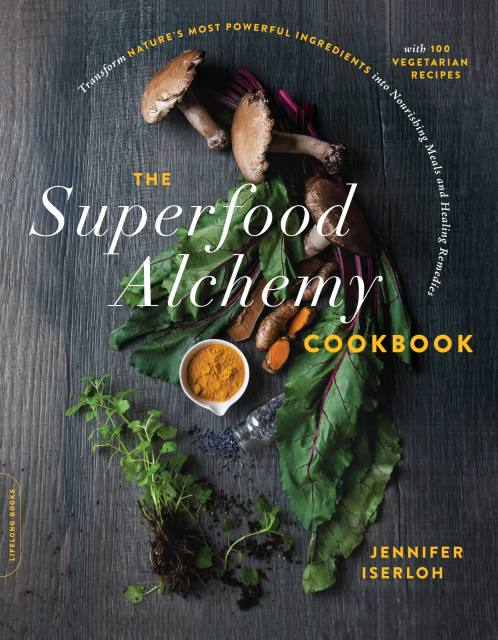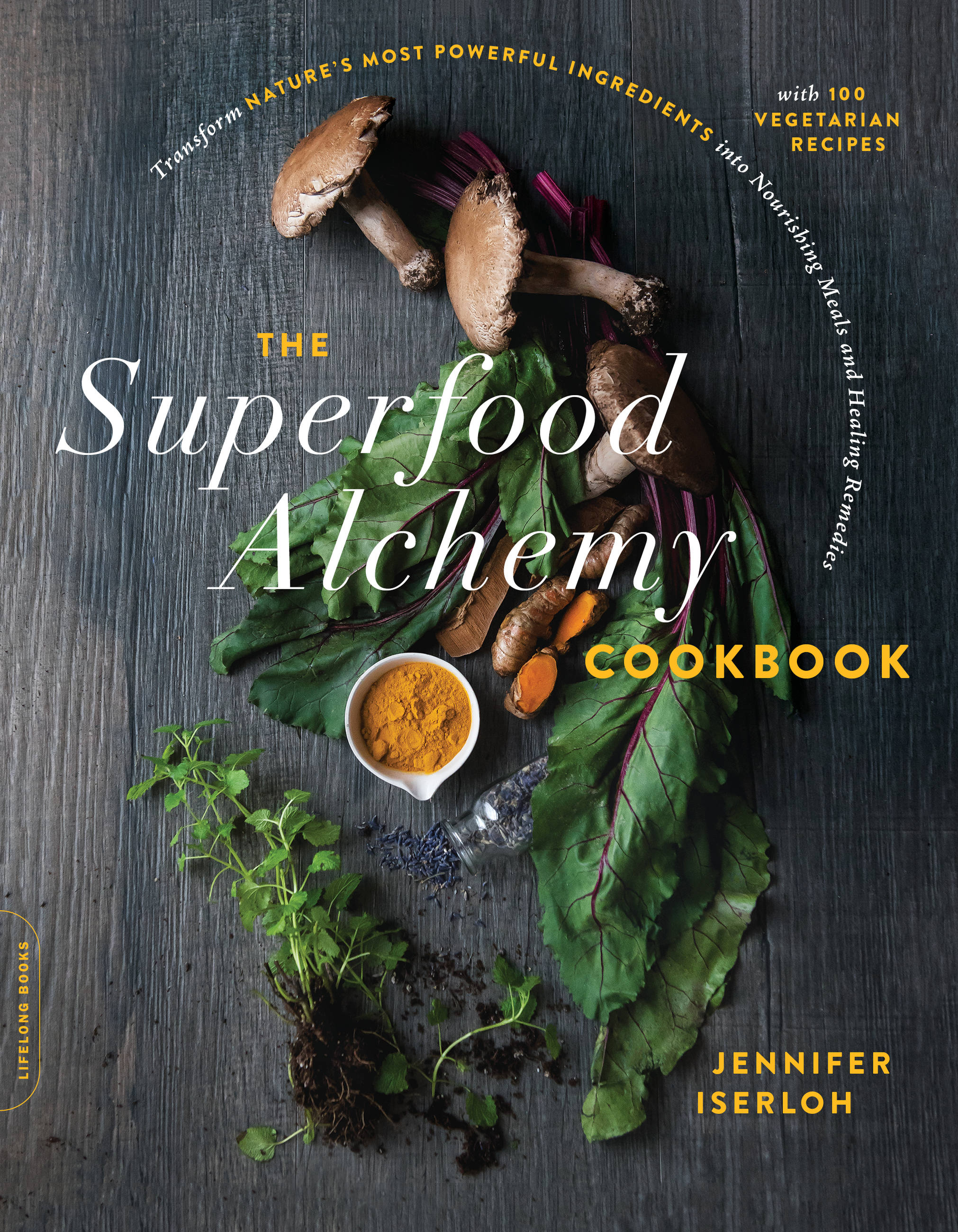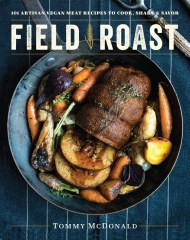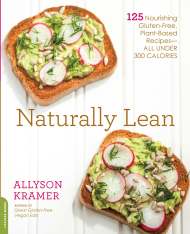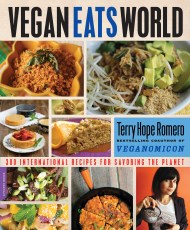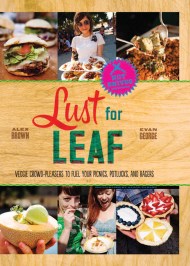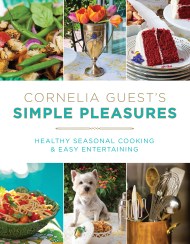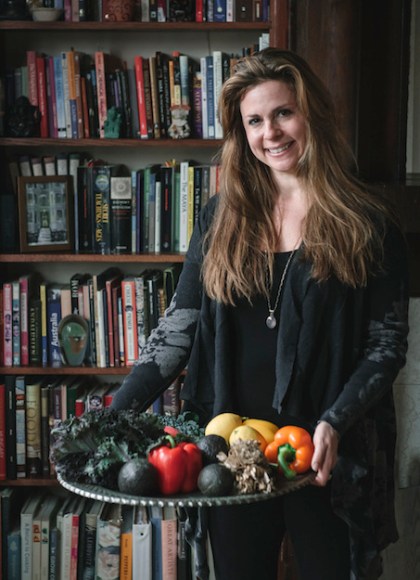Promotion
Use code MOM24 for 20% off site wide + free shipping over $45
The Superfood Alchemy Cookbook
Transform Nature's Most Powerful Ingredients into Nourishing Meals and Healing Remedies
Contributors
Formats and Prices
Price
$15.99Price
$20.99 CADFormat
Format:
- ebook $15.99 $20.99 CAD
- Trade Paperback $24.99 $32.49 CAD
This item is a preorder. Your payment method will be charged immediately, and the product is expected to ship on or around April 9, 2019. This date is subject to change due to shipping delays beyond our control.
Also available from:
Unlock the health benefits of nature’s most powerful foods with supercharged vegetarian recipes
The Superfood Alchemy Cookbook shares a powerful approach to wellness. Chef and health coach Jennifer Iserloh shows how cooking like an alchemist provides a way to integrate healing practices into your everyday routine. Create dishes to:
- Boost immunity
- Reduce inflammation
- Restore and maintain gut health
- Encourage mental focus and mood balance
- Support gentle detox
These recipes bring together nature’s strongest ingredients – superfoods, adaptogens, essential oils, and healing herbs and spices – in delicious combinations that increase their healing properties. (For example, most of us know that cooking tomatoes boosts the fruits’ heart-healing lycopene, but did you know that pairing turmeric with black pepper helps the body get the most from its anti-inflammatory compounds?) Each chapter also shares simple home remedies, natural body treatments, and powerful rituals for wellness in body and soul.
Genre:
- On Sale
- Apr 9, 2019
- Page Count
- 272 pages
- Publisher
- Da Capo Lifelong Books
- ISBN-13
- 9780738284750
Newsletter Signup
By clicking ‘Sign Up,’ I acknowledge that I have read and agree to Hachette Book Group’s Privacy Policy and Terms of Use
